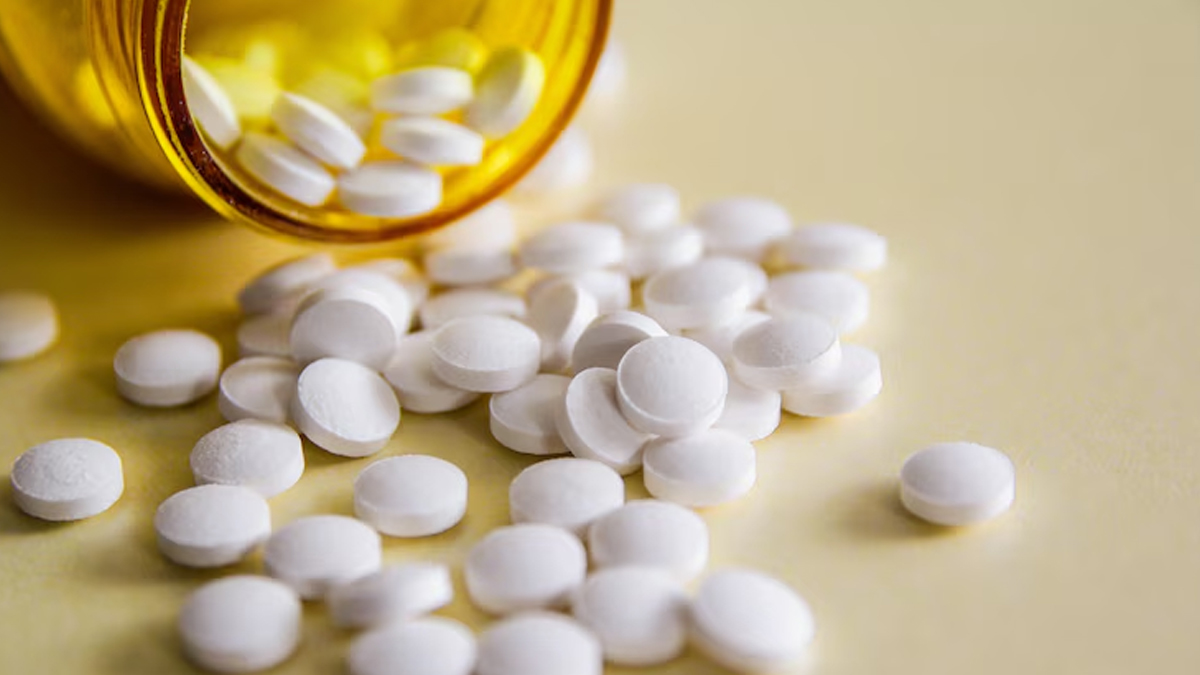
Antibiotic resistance has emerged as a global health crisis, threatening to undo decades of medical progress. India, the world’s largest consumer of antibiotics, has been grappling with the challenges of overprescription and the ease of over-the-counter drug availability. However, a groundbreaking solution has emerged: Nafithromycin, India’s first indigenous antibiotic, poised to revolutionise the fight against antimicrobial resistance (AMR).
Table of Content:-
A Homegrown Innovation
Developed by Wockhardt with support from the Biotechnology Industry Research Assistance Council (BIRAC) under the Department of Biotechnology, Nafithromycin—marketed under the trade name Miqnaf—is a landmark achievement. It addresses a pressing global need by targeting community-acquired bacterial pneumonia (CABP), a severe condition linked to over two million deaths annually.
This antibiotic represents a critical step forward in India’s battle against AMR, a growing problem that threatens to render existing drugs ineffective. With its focus on precision and innovation, Nafithromycin stands as a testament to India’s scientific advancements.

Why Nafithromycin is a Game-Changer
Nafithromycin brings several unique advantages to the table:
Enhanced Efficacy
The drug is reported to be ten times more effective than azithromycin, one of the most commonly used antibiotics. Its potency allows for a shorter three-day regimen, offering faster recovery for patients.
Broad-Spectrum Action
Unlike many antibiotics that target a narrow range of pathogens, Nafithromycin effectively combats both typical and atypical drug-resistant bacteria. This versatility makes it a vital tool for treating complex respiratory infections.
Also Read: 'Bleeding Eye' Virus Claims 15 Lives In Rwanda: Know All About The Disease
Superior Safety Profile
Nafithromycin boasts minimal side effects and no significant drug interactions, ensuring better tolerability for patients. This is especially crucial for those with compromised health who might struggle with traditional antibiotics.
Global Recognition
This is the first antibiotic in its class to be developed worldwide in over 30 years, garnering attention and respect from international medical communities.
A Decade of Research and Investment
The journey to bring Nafithromycin to the forefront has been long and rigorous. Over 14 years of extensive clinical trials conducted in India, Europe, and the United States underscore the drug’s reliability and effectiveness. With an investment of ₹500 crore, Wockhardt’s commitment to innovation is evident.
Currently awaiting final manufacturing approval from the Central Drugs Standard Control Organization (CDSCO), Nafithromycin is set to become a key player in India’s healthcare landscape.
Also Read: Polio Cases Surge In Pakistan: Total Reaches 55 In 2024 With 3 New Infections Reported
High Cure Rates for Drug-Resistant Pneumonia
One of Nafithromycin’s most promising features is its remarkable effectiveness in treating drug-resistant pneumonia, a condition with limited treatment options. Experts have highlighted its cure rate of 96.7%, a significant improvement over existing therapies.
Accessibility Through Ayushman Bharat
To ensure widespread availability, Nafithromycin is expected to be integrated into the Ayushman Bharat scheme, the government’s flagship healthcare program. This move will make the drug accessible to millions of Indians, particularly those from economically disadvantaged backgrounds.
Tackling the AMR Crisis
Antimicrobial resistance has been described as a silent pandemic, with the World Health Organization (WHO) warning of catastrophic consequences if it remains unaddressed. By targeting CABP, a leading cause of mortality, Nafithromycin could play a pivotal role in reducing the global burden of AMR.
Bottomline
The introduction of Nafithromycin marks a significant milestone not only for India but for global healthcare. It demonstrates the potential of homegrown solutions to address pressing medical challenges. As the world faces increasing threats from drug-resistant pathogens, India’s indigenous antibiotic provides a beacon of hope for a healthier future.
With final regulatory approvals pending, the healthcare community eagerly awaits Nafithromycin’s rollout—a step that could redefine the fight against antimicrobial resistance and save countless lives.
Also watch this video
How we keep this article up to date:
We work with experts and keep a close eye on the latest in health and wellness. Whenever there is a new research or helpful information, we update our articles with accurate and useful advice.
Current Version